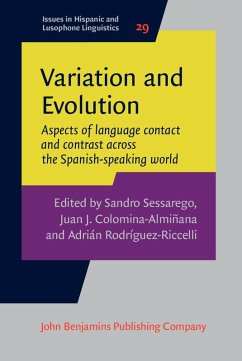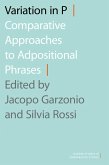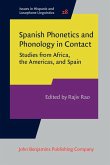This book is a collection of original studies analyzing how different internal and external factors affect Spanish language variation and evolution across a number of (socio)linguistic scenarios. Its primary goal is to expand our understanding of how native and non-native varieties of Spanish co-exist with other languages and dialects under the influence of several linguistic and extra-linguistic forces. While some papers analyze the linguistic dynamics affecting Spanish grammars from a cross-dialectal perspective, others focus more closely on the relations established between Spanish and other languages with which it is in contact. In particular, some of these studies show how power and prestige may support (or not) the use of Spanish in different social contexts and educational realities, given that the attitudes toward this language vary greatly across the Spanish-speaking world. On the one hand, in some regions, Spanish represents the variety spoken by the majority of the population, typically related to prestige and power (Spain and Latin America). On the other hand, in other contexts, the same language is conceived as a minority variety, which may or may not be associated with stigmatized immigrant groups (i.e., in the US).
Dieser Download kann aus rechtlichen Gründen nur mit Rechnungsadresse in A, B, BG, CY, CZ, D, DK, EW, E, FIN, F, GR, HR, H, IRL, I, LT, L, LR, M, NL, PL, P, R, S, SLO, SK ausgeliefert werden.









